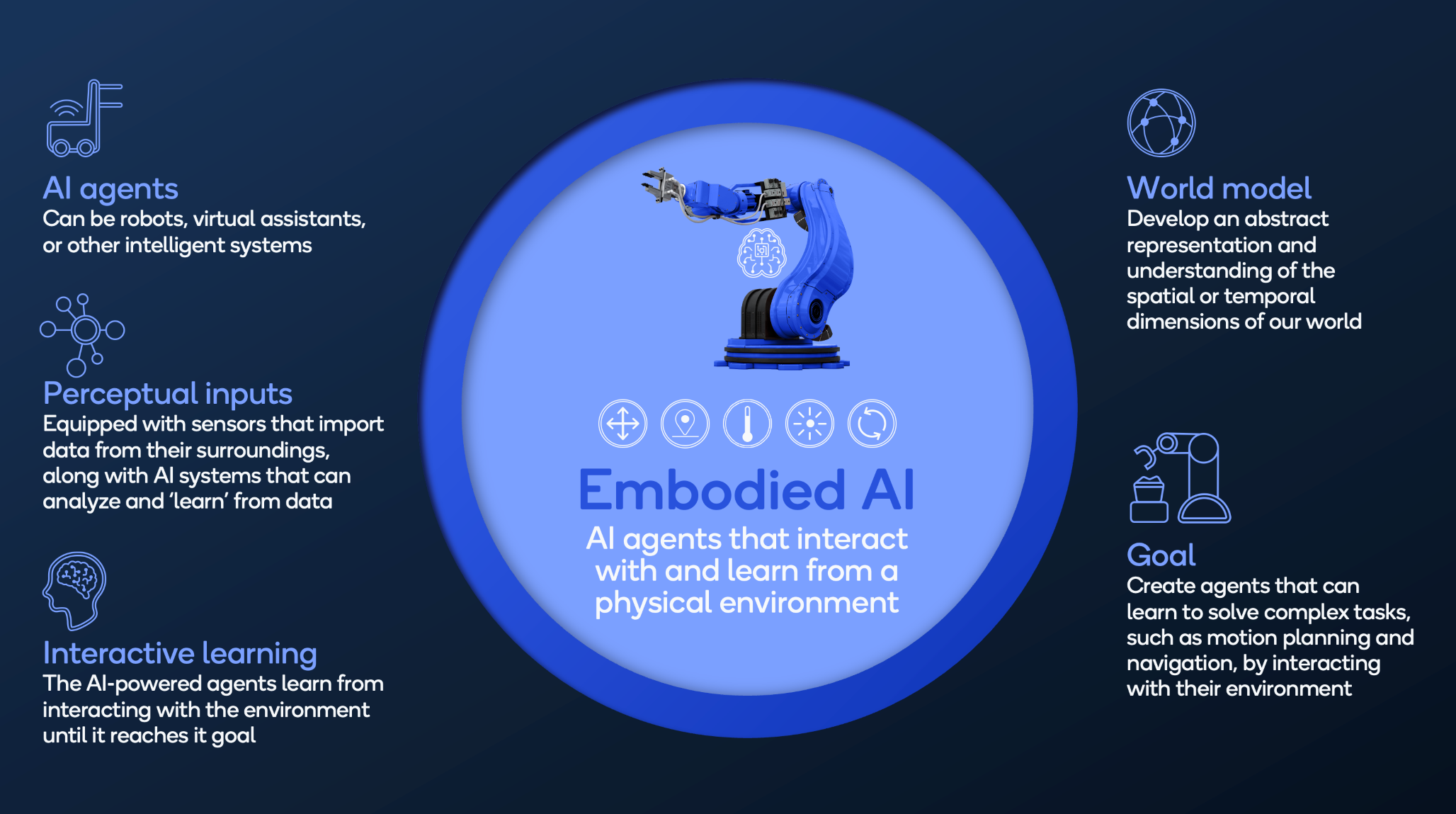Hold onto your hats, folks! OpenAI just fired a significant shot across the bow in the escalating AI arms race, and it’s not about raw power – it’s about price. They’ve unleashed “Flex processing mode” for their API, essentially offering a discount in exchange for… well, a bit of patience and a dash of uncertainty.

Let’s be clear: this isn’t OpenAI suddenly becoming charitable. This is a calculated move to directly challenge Google and others in the increasingly competitive AI landscape. They’re betting that some users will prioritize affordability over blistering speed and ironclad reliability.
Think of it like this: you want to run a bunch of tests, augment your data, or handle background tasks that don’t need to be done right this second? Flex mode is your new best friend. It’s explicitly aimed at “non-production” workloads – tasks where a delay won’t break everything.
Now, the numbers. The impact is substantial. For the o3 model, Flex slashes API costs to $5 per million input tokens and $20 per million output tokens – half the standard $10/$40 rate. For o4-mini, the discounts are equally dramatic, dropping from $1.10/$4.40 to $0.55/$2.20 respectively. That’s a serious saving!
But here’s the rub: OpenAI bluntly admits you might experience slower responses and even instances where resources aren’t immediately available. This isn’t a premium experience; it’s a budget option. It’s a strategic compromise.
Let’s dig a little deeper into what’s happening here:
AI models require immense computational power. This power comes at a cost, and that cost is passed on to the user via API pricing.
Flex mode is essentially a dynamic resource allocation system. When demand is high, Flex users might get deprioritized in favor of those paying full price.
Token-based pricing is standard in the AI world. Tokens represent pieces of text. More tokens mean more processing.
This move forces users to carefully consider their use cases. Is speed critical, or can you trade a little performance for significant savings? That’s the key question.
Flex mode highlights the ongoing tension between affordability and performance in the AI sector. Expect more of these types of tradeoffs as competition heats up.






